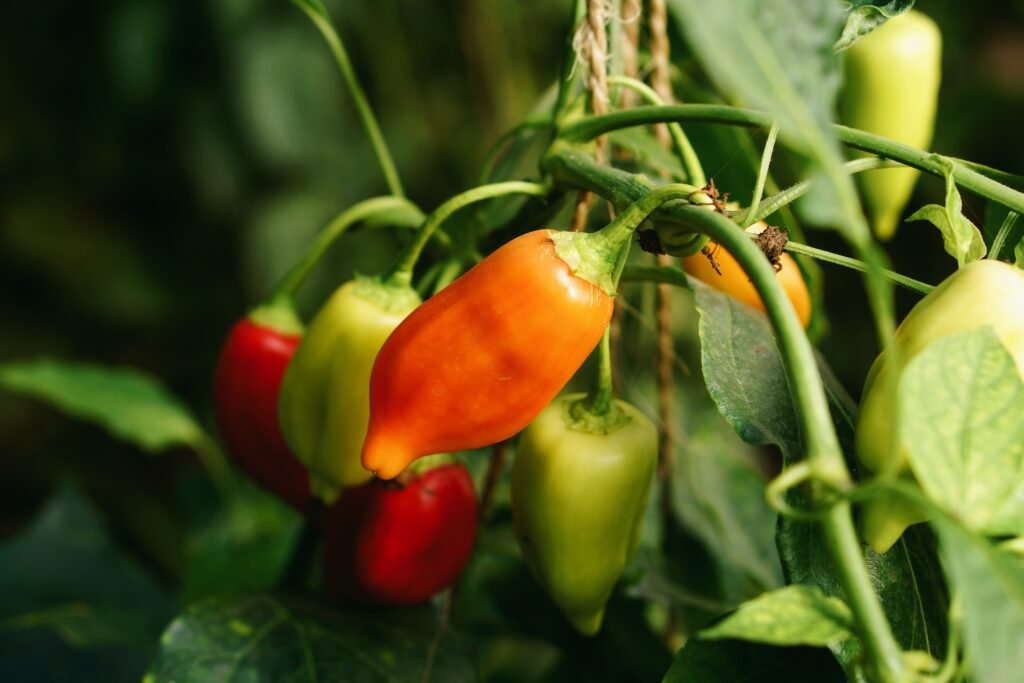-
FREE P&P ON ORDERS over £25 - £2.50 P&P ON ORDERS under £25
We are unable to deliver to N.Ireland, Europe or The rest of the worlD

HOW TO OVERWINTER CHILLI PLANTS
Did you know that although we tend to grow our chillies as an annual plant, they are actually perennial in warmer climates? With a bit of care and attention you can actually overwinter your chilli plants so that they spring into action early next year and reward you with much earlier harvests. With our cold winters it isn’t a guarantee that you will be successful but it is definitely worth having a go as the rewards are so good!
I actually prefer trying to overwinter the hotter types like our Habanero ‘Orange’ as they take so much longer to mature. I am less bothered about overwintering the likes of Jalapeño and Cayenna just because they are so productive anyway and don’t take as long to mature. Plus, space is at a premium for me so I have to be picky!
The most important thing is to make sure you can keep your chilli plants somewhere frost free over winter. Capsicum annuum varieties such as Jalapeño would benefit from some light but hotter varieties like Habanero can cope with the reduced light levels of our British winter as they are actually used to growing under the canopy of the Brazilian rainforest! Habaneros enjoy some humidity to mirror their rainforest origin so a bathroom may actually be a great place to overwinter these plants! I am going to experiment with this method this winter as it’s not something I have tried previously and I’m always game for an experiment.
You have probably noticed your chilli plants starting to defoliate as we approached the end of October. This is completely normal and nothing to worry about. The first thing we need to do to prepare our chilli plants for overwintering is to harvest all of the remaining fruits. Then we need to be cut back the growth from between one third to one half. It is best to look for a junction between the branches and then cut just above the next set of leaves above this junction. Then you just need to keep your plant either on a sunny window ledge or conservatory (or in my case the bathroom!).
Watering should be kept to a minimum over the winter months, around once a fortnight is usually the norm. The plant may look a bit sparce and you may notice some stem die back which, again, is totally normal – just cut the stems into some green growth below where it has died back. In around February/March you will notice new buds start to form which is the all important sign that your chilli plant is springing back into action – this is also the perfect time to repot your plant into fresh compost and you can gradually start to increase your watering schedule. Don’t risk taking your plant back outside until the risk of frost has passed – a greenhouse may be ok but keep an eye on the temperatures…. all it takes is one frost to destroy all those months of hard work. You should notice your chilli plant will flower much earlier as the plant reached maturity the previous year giving it the ability to plough all its energy into flower and fruit production rather than growing.
I hope this has inspired you to have a go at overwintering your own chilli plants!

